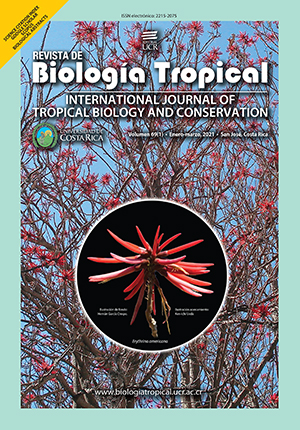Abstract
ABSTRACT: Introduction: It is estimated that 2000 snakebites occur in Panama every year, 70% of which are inflicted by B. asper. Objective: To determine the biochemical and toxicologic effects and to assess the immunochemical characteristics of the reference B. asper venom experimentally used in this work. Methods: The venom was prepared as a homogeneous mixture of the venoms obtained from 78 adult specimens of this species collected in four geographic areas of Panama. Enzymatic and toxicologic activities were assayed following the specific methodologies of each experiment. SDS-PAGE (15% gel) was carried out under reducing conditions. Subsequently, Western blotting was performed. Results: It was found that this venom has lethal, hemorrhagic, myotoxic, edema-forming, coagulant, defibrinating, proteinase and phospholipase A2 activities. SDS-PAGE (15%) showed the presence in this venom of protein bands with molecular weights ranging from 8 to 70kDa, with the presence of predominant bands at ≈ 15kDa and ≈ 30 to 66kDa, which probably correspond to phospholipases A2 (the former) and metalloproteinases (the latter), respectively. Through immunoblotting, a high degree of recognition by various antivenoms was observed, mainly from Colombian and Costa Rican antivenoms. Conclusion: This B. asper reference venom will be highly useful for the preclinical evaluation of antivenoms.
##plugins.facebook.comentarios##

This work is licensed under a Creative Commons Attribution 4.0 International License.
Copyright (c) 2021 Recepción RBT, Hildaura Acosta de Patiño






